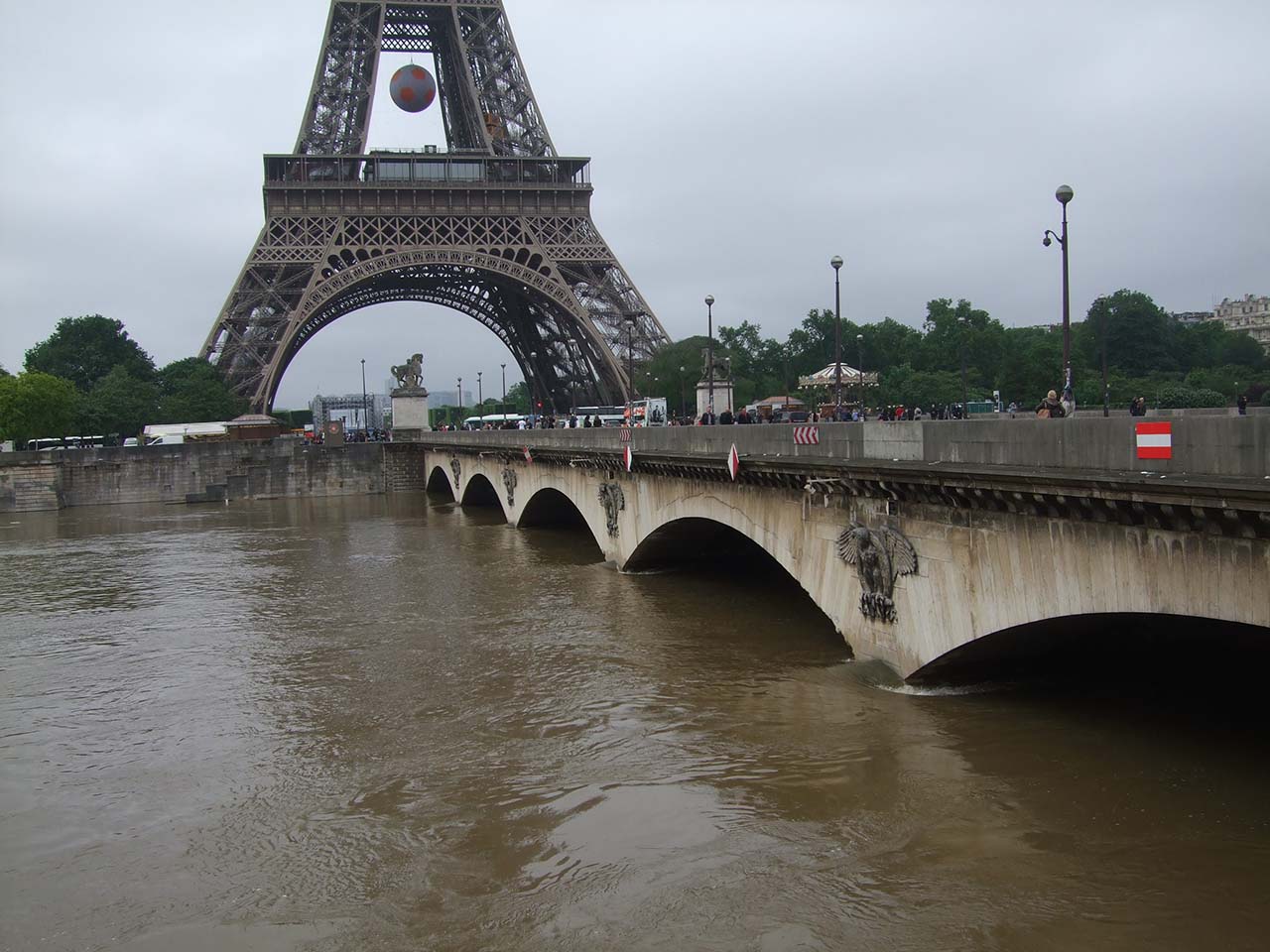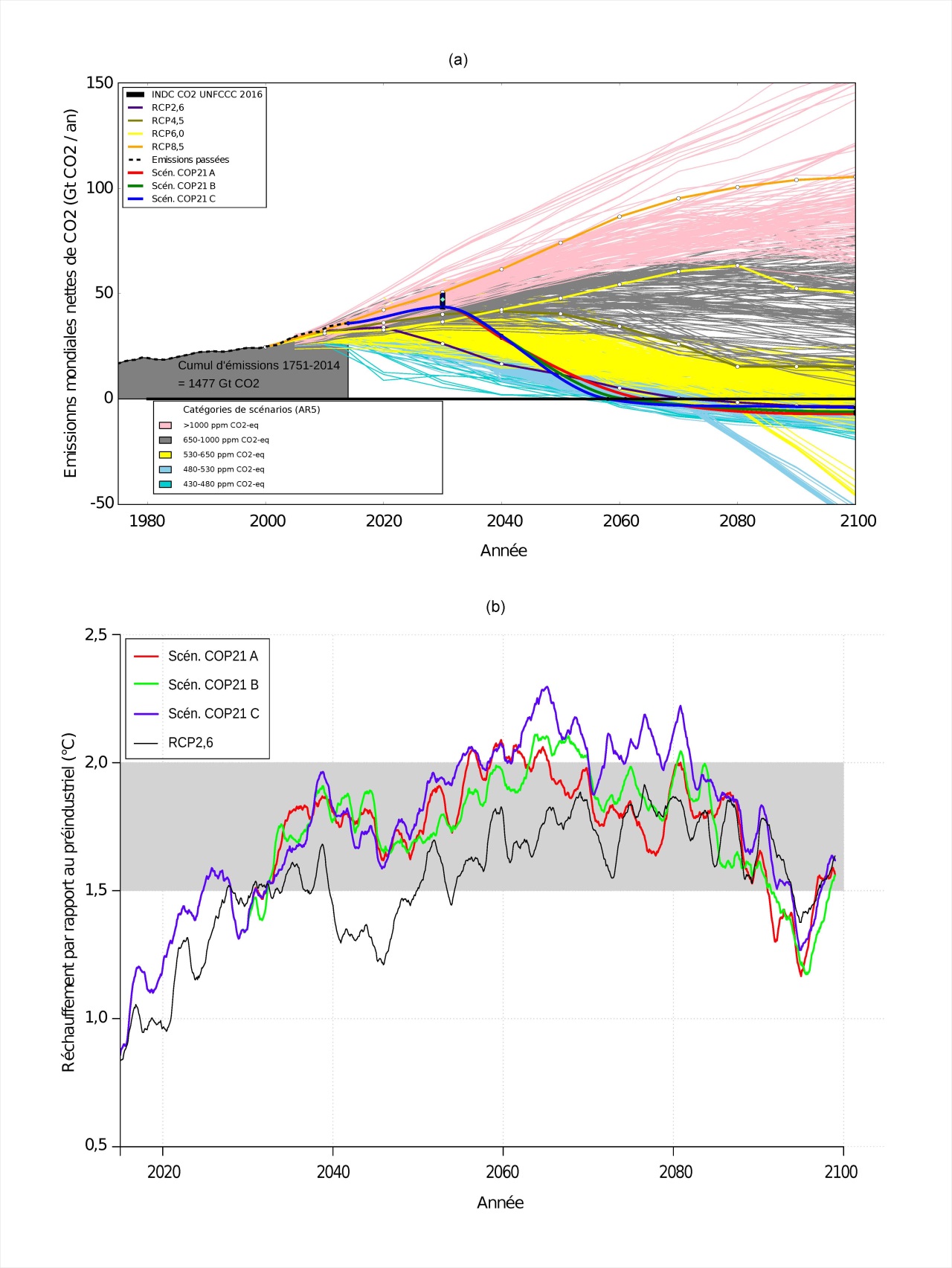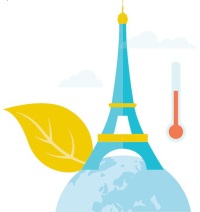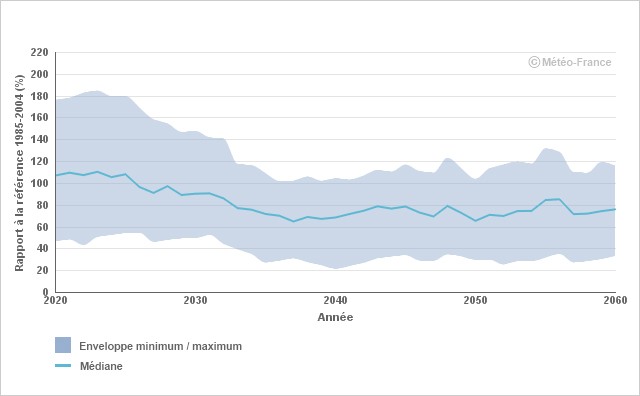RHYTMME: a tool for managing natural hazards in the PACA region
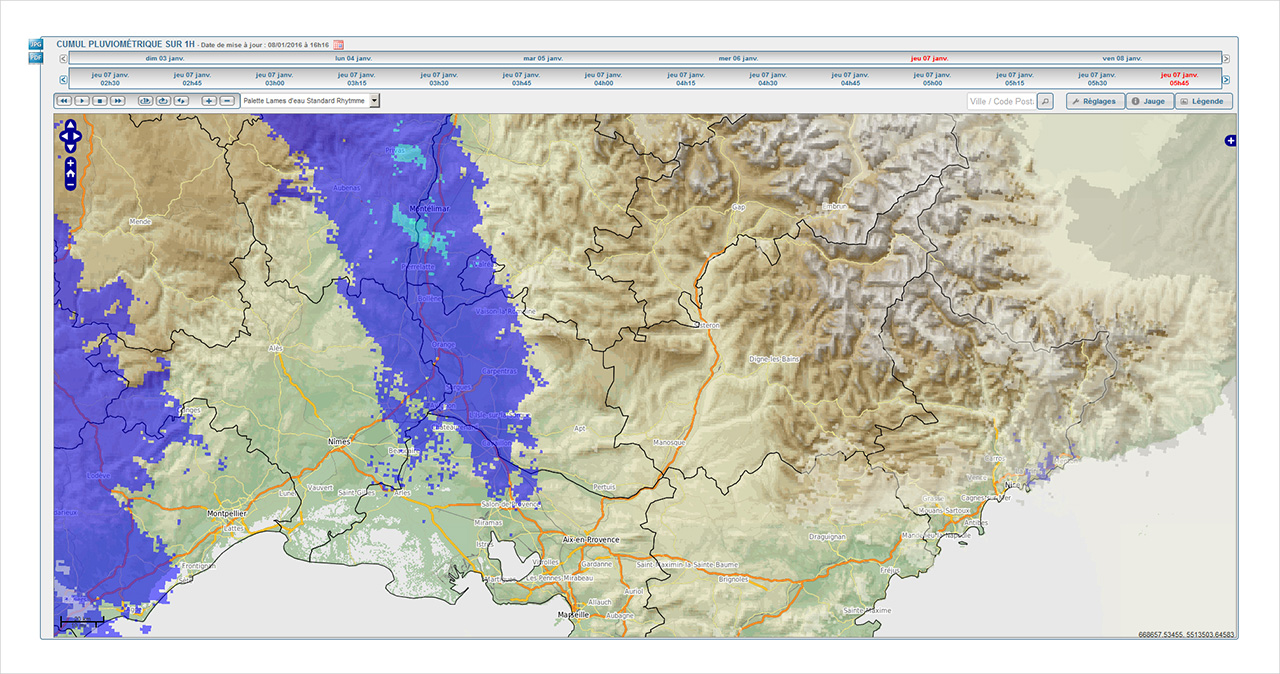
The Provence-Alpes-Côte d'Azur (PACA) region is particularly vulnerable to flooding, torrential floods and landslides. In 2008 Météo-France and the National Research Institute of Science and Technology for Environment and Agriculture (IRSTEA) launched the RHYTMME project (which stands for Hydrometeorological Risks in Mountainous and Mediterranean Areas) to develop an Internet platform populated by radar datasets and dedicated to monitoring rainfall and the associated risks. As part of the project, three new X band radars have been installed on Maurel Mountain (Alpes-de-Haute-Provence), Mont Colombis and in Vars (Hautes-Alpes). Since 2016, Météo-France radar datasets have been serving as real-time input into an operational Internet platform for tracking rainfall across the region. This data is rounded off with statistical, hydrological and morphological information to determine the more or less exceptional nature of the rainfall and waterway flows and to assess the imminent likelihood of debris flows or landslides. State departments and local authorities in the Hautes-Alpes, Var, Alpes-Maritimes and Bouches-du-Rhône départements have had access to this tool since 2016. Roll-out is set to continue in 2017 across the Alpes-de-Haute-Provence and Vaucluse départements.

